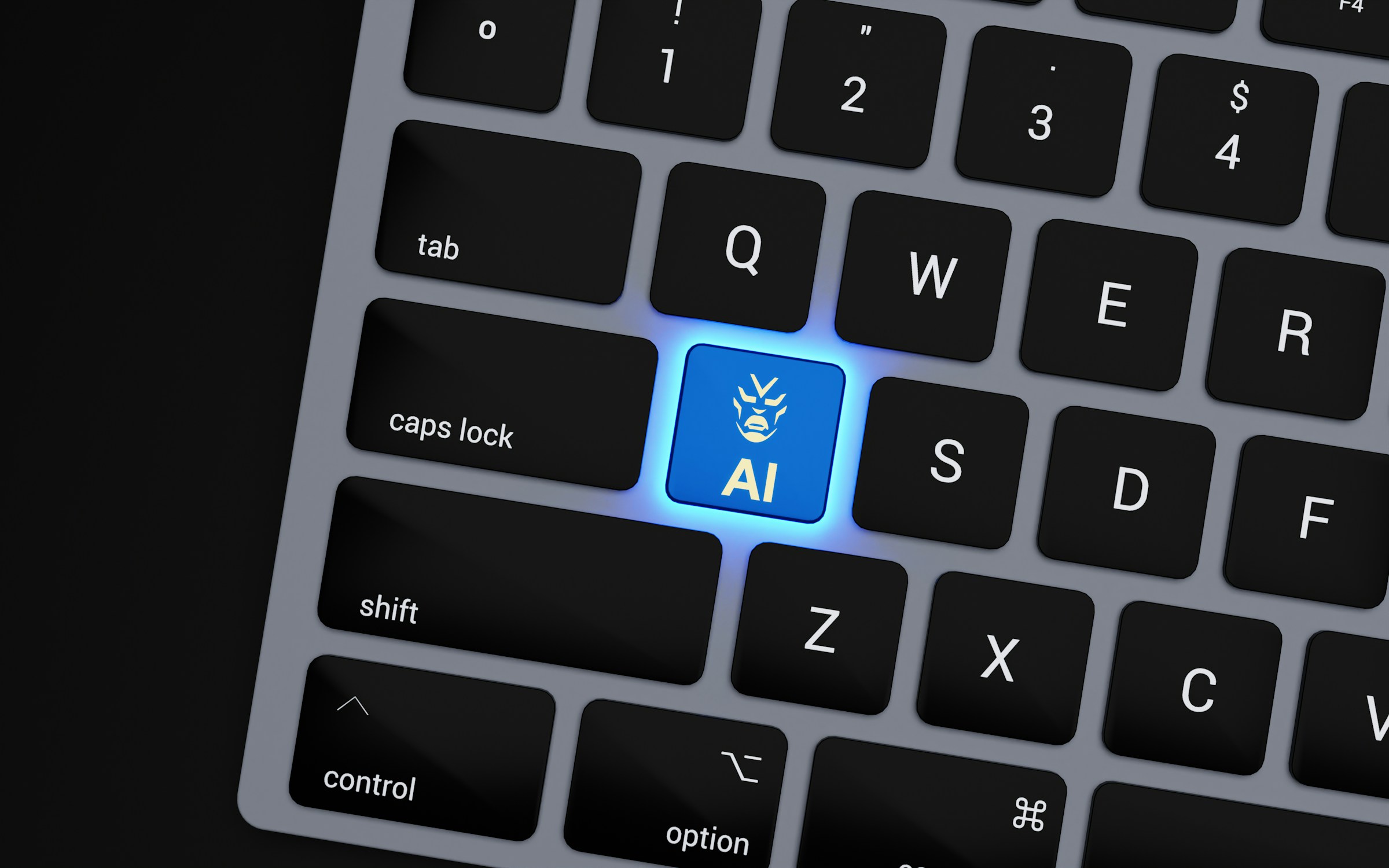As artificial intelligence redefines industries, 2025 is a pivotal year for innovation. The rapid advancement in computational power, cloud accessibility, and generative AI tools has made creating products with intelligent capabilities easier than ever. Businesses, from startups to enterprise giants, increasingly invest in AI-powered solutions to gain a competitive edge, automate operations, and enhance customer experience.
The growing demand for innovative products that learn, adapt, and optimize decisions in real time means AI is no longer a futuristic luxury—it’s a present-day necessity. Whether you’re an entrepreneur with a breakthrough concept or a product manager expanding your company’s digital offerings, knowing how to plan an AI-based product in this fast-moving environment is essential.

Step 1: Define the Problem and Use Case
The success of any AI-based product starts with a well-defined problem. AI is not a magic wand—it amplifies intelligent design but cannot fix unclear or irrelevant ideas. Begin by identifying a specific user pain point that could benefit from automation, prediction, or smart decision-making.
Market research is crucial at this stage. Understand your users, their challenges, and how existing solutions fall short. Use interviews, surveys, and behavioural data to shape your value proposition.
When developing an AI-based product, it’s also helpful to find the best market research tools to better understand user behavior, industry trends, and potential gaps in the market.
Competitor analysis will also help you identify market gaps and avoid redundant features.
Consider how deep learning development services can provide specialized capabilities such as image recognition, natural language understanding, or time-series forecasting when assessing solution viability. This will inform what kind of AI models your product may require later in development.
Step 2: Choose the Right AI Technology
AI is a broad field, and choosing the appropriate technology stack is critical. Depending on your product’s goals, you may need:
- Machine Learning (ML): Best for predictions based on historical data, like demand forecasting or recommendation systems.
- Deep Learning (DL): Ideal for complex tasks involving images, speech, or large-scale unstructured data.
- Natural Language Processing (NLP): Essential for chatbots, sentiment analysis, and document classification.
- Computer Vision: Suitable for applications like visual inspection, facial recognition, or autonomous systems.
The tools and frameworks available in 2025 are both vast and specialized. TensorFlow, PyTorch, and JAX continue to evolve, while low-code platforms like DataRobot and Google AutoML make AI accessible to non-experts. Cloud providers now offer pre-trained models and end-to-end pipelines, significantly reducing time to market.
Step 3: Data Strategy and Collection
AI systems are only as good as the data they learn from. To build a high-performing product, you must develop a robust data strategy early on. Identify the sources of training data—this might include internal company records, third-party datasets, public databases, or user-generated content.
Be strategic in what data you collect and how you label it. Poor-quality data leads to inaccurate models, no matter how advanced your algorithms are. Data labelling, preprocessing, and augmentation remain critical tasks requiring automation and human oversight.
This is especially important for those exploring AI business ideas in 2025, where differentiation often comes from proprietary, well-curated datasets. Whether your idea revolves around predictive maintenance, personalized healthcare, or intelligent assistants, your data pipeline is foundational.
Step 4: Build the Development Roadmap
Once your problem, technology, and data strategy are clear, it’s time to build your development plan. A solid roadmap sets the direction for the team and stakeholders. Define key milestones: MVP launch, alpha testing, beta releases, and final deployment. Assign measurable KPIs such as model accuracy, user engagement, or retention rate.
Infrastructure is another critical decision. Cloud platforms like AWS, Azure, and Google Cloud offer scalable, cost-efficient environments to train and deploy AI models. However, on-premise infrastructure might be preferable for use cases requiring ultra-low latency or handling sensitive data.
Remember, version control for models, data, and training scripts—tools like MLflow, DVC, or Weights & Biases can help maintain reproducibility and traceability throughout development.
Step 5: Compliance and Ethics
AI regulation is tightening worldwide, and 2025 marks a year of stricter global oversight. The EU AI Act, GDPR updates, and local data protection laws must all be factored into product design. Compliance is not optional—it’s a critical path to avoid legal risks and build user trust.
Beyond regulatory obligations, ethical AI development requires fairness, explainability, and accountability. Implement techniques like model interpretability (e.g., SHAP or LIME), bias audits, and consent-based data collection. Ethical design isn’t just about doing the right thing—it also improves adoption by making your product more transparent and trustworthy.

Step 6: Prototyping and Iteration
With your plan in place, it’s time to prototype. Start with a Minimum Viable Product (MVP) that delivers core AI functionality without excessive polish. For example, a chatbot MVP might only support FAQs, while a fraud detection tool might initially cover only a few transaction types.
Deploy the MVP to a limited user group and collect qualitative and quantitative feedback. Partnering with a product design agency experienced in AI-driven interfaces can also help refine early user experiences before scaling. A/B testing and cohort analysis are used to measure user satisfaction, model performance, and feature usability. Iterate quickly—AI products often need multiple tuning cycles, mainly if real-world data differs from training data.
Building feedback loops into your AI system is crucial. As users interact with your product, their input can fuel further model training, making your AI smarter.
Conclusion
In 2025, the landscape for AI innovation will be richer and more accessible than ever. However, success depends not on simply adding AI to a product but on solving real problems with thoughtful design, strategic planning, and ethical execution.
Stay agile. As technologies evolve, so too will user expectations and regulatory environments. Keep the user at the centre of every decision, prototype fast, and learn continuously.
Above all, build with responsibility. AI holds transformative potential—but only when aligned with human values and societal benefit. Let 2025 be the year your product doesn’t just use AI but uses it well.
 logo
logo


